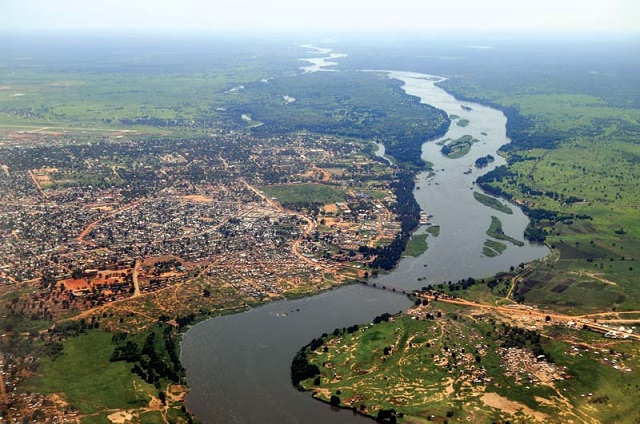The relationship between climate and malaria transmission is complex and has been the subject of intense study for some three decades. Mosquito vector populations sufficient to maintain malaria transmission occur within a particular range of temperatures and humidity that are suitable for their survival and breeding. The parasite also needs suitable temperatures to complete its mosquito life stages.
And mosquitoes need surface water to breed in. These conditions have to last long enough for mosquito and parasite populations to grow. Much of sub-Saharan Africa provides exactly these conditions.

Factors like public health interventions, land use, urbanisation and quality of housing also determine transmission and local disease burden. But a suitable climate is a big factor in explaining the latest available data (from 2022). This shows that 94% of the 249 million global malaria cases are recorded in Africa and that nearly all of the 608,000 global malaria deaths annually are on the continent.
Climate change is likely to cause a shift in the suitability for transmission in some areas. It’s fairly straightforward to model the effect of changing temperatures on malaria by using climate data and the thermal ranges of vector and parasite. Rainfall data is less useful, because mosquitoes breed in shallow, slow-moving or standing water, often in very small water bodies such as puddles.
And rain doesn’t normally stay where it lands. This is where hydrology – the study of water’.
















